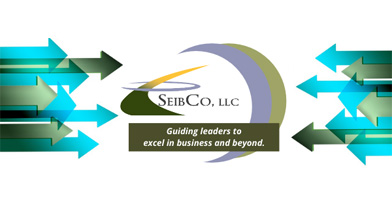I adopted five-year-old Gracee a couple of months ago from the Dumb Friends League. She had broken her back leg when she was a kitten and her gimp is very noticeable when she walks. However, you wouldn’t know it by watching her zip around chasing her toys. One of her favorite activities is to race down the stairs to fetch a bouncy ball. It’s a combination of a run and bunny hop!
How many of you are willing to go for it? Regardless of your challenges?
Or, have you fallen into the tiring and endless trap of “trying harder?” One of the biggest challenges for executives and business owners is learning that “trying harder only creates more of the same challenges.” It leaves you, and them, tired and cranky at the beginning and end of each day!
How can you be unstoppable? It’s inspiring when handled in a biz-savvy manner.
Banish the illusion of the “perfect time.” What are your excuses for not pursuing your goals? Write down these time mongers! You won’t find anything new or inspiring! Instead, write down what you really really really want to accomplish. Rewrite it into a goal. Develop “I can do it and I do it” attitude and proceed forward. Talk with your coach to help you through the inevitable “walls of life.”
Stay connected. Pick up the phone. Stop relying solely on emails or social media venues to stay in touch. It’s amazing what you can accomplish when you talk with others and allow them to contribute their ideas. Sometimes the simplest suggestion can spark the right change required to move ideas forward.
Focus on priorities. It’s very easy to get caught up in the swirl or chaos of too much to do. Pick two key items to get completed during the day based upon priorities, or boss or client mandates. Regardless of whether you like to do them! These accomplishments will create naturally-centered confidence.
Have fun. Take a couple of minutes at the end of each day to write down today’s achievements and setup tomorrow’s “must do’s.” Now, enjoy quality time without worrying about work. It will be there tomorrow! Be good to yourself and learn appreciation. Gratitude helps you work smarter and achieve your goals faster!
Learn to Brag! Bragging to others in a biz-savvy manner gives voice to your accomplishments. Why is sharing important? You find out you’re not alone in your challenges. It encourages you, and others, to build on your strengths, achieve your goals and work smarter to enjoy your job and life. (TimeToBrag.com)
©Jeannette L. Seibly, 2012

